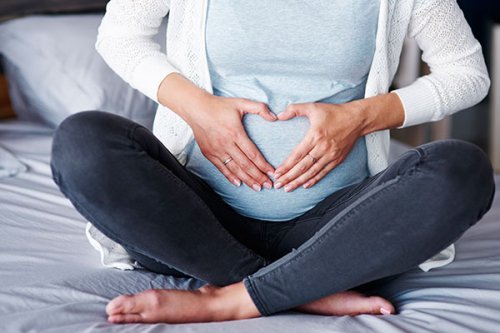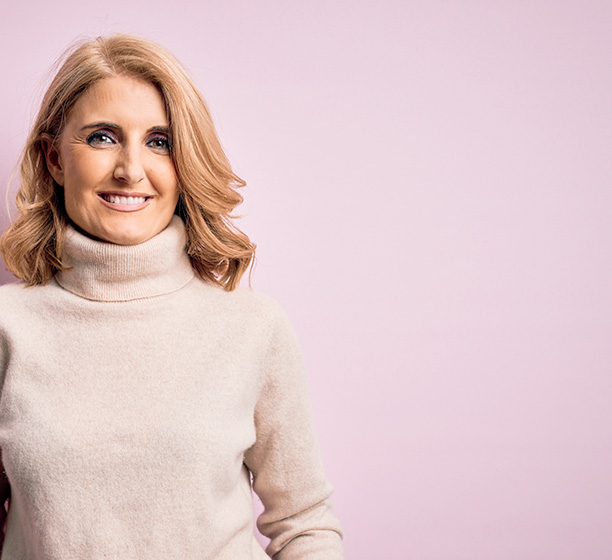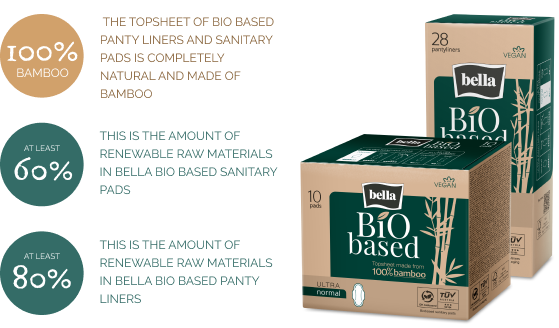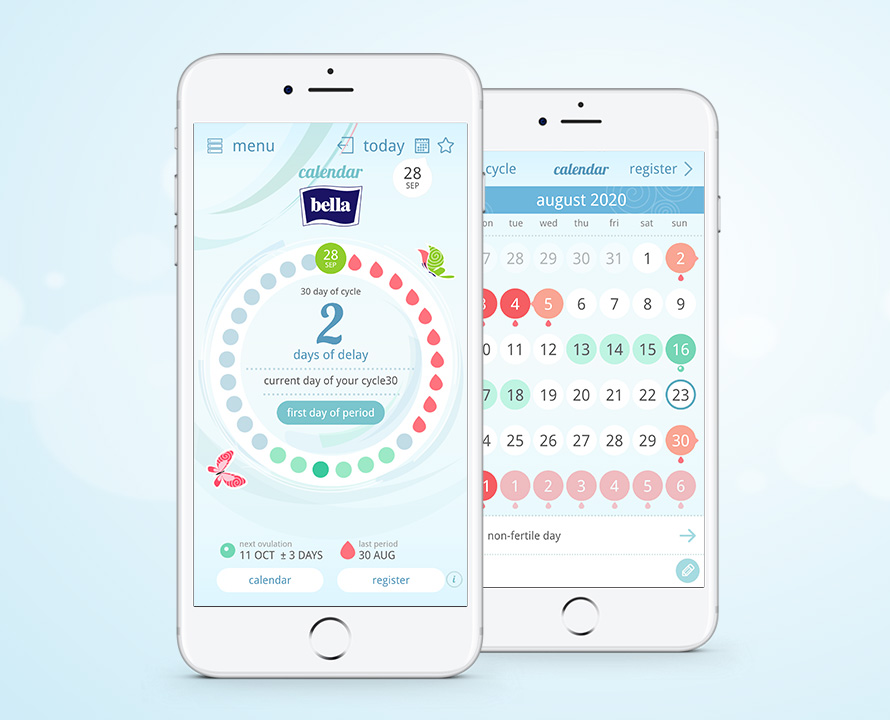 konfigurator
konfigurator
 Products
Products

Menstruation after childbirth
Your baby is already born or you are only preparing for this significant day? There surely have been numerous changes in your life, as well as in your body. After giving birth, a woman’s body returns to the state before pregnancy. It involves menstruating again. There is no definite formula to calculate when your periods will start again, as it depends on numerous factors.
After birth
 Bleeding that occurs right after childbirth is not called menstruation, but lochia. This state can last even up to six weeks and applies to both women who gave a natural birth and those who had a caesarean section. It is assumed that in women after a caesarean section, it can be slightly shorter. During the postpartum period, it is extremely important to take care of intimate hygiene. At the beginning, sanitary pads might be insufficient and you might need postpartum pads. Doctors and midwifes do not recommend using tampons during this time.
Bleeding that occurs right after childbirth is not called menstruation, but lochia. This state can last even up to six weeks and applies to both women who gave a natural birth and those who had a caesarean section. It is assumed that in women after a caesarean section, it can be slightly shorter. During the postpartum period, it is extremely important to take care of intimate hygiene. At the beginning, sanitary pads might be insufficient and you might need postpartum pads. Doctors and midwifes do not recommend using tampons during this time.
First menstruation following childbirth
When your first period after giving birth will occur depends on numerous factors. How your baby is fed has a significant impact. It is assumed that breastfeeding women can expect their first period after around 4-8 weeks after they finish breastfeeding. Obviously, it is not a rule and some women start menstruating two months postpartum despite the fact that they are still breastfeeding – i.e. the same as mothers feeding their baby with formula. Remember that, during lactation, menstrual cycles can be irregular.
The same or maybe different
Many women wonder what their periods will look like after childbirth. There is no definite rule here as well. Your menstruations might change. It happens that the period length is reduced, but the bleeding on the first days of periods is heavier. Sometimes, women who used to complain about very disturbing abdominal pain find that, after childbirth, their menstruation is less painful.
Do you have any doubts?
Do not be afraid to ask. Talk to your gynaecologist or midwife about your postpartum menstrual cycle. Remember that every human body is different, so is every pregnancy or postpartum period length.

Tips for teenagers
Learn more
Tips
for all
of us
Learn more

Tips in menopause
Learn more#DISPOSEWISELY!
On the packaging of products, such as sanitary napkins, panty liners and tampons, you can see the marking:


It is to clearly indicate where used hygiene products should go and illustrate the consequences of their improper disposal.
Thanks to proper segregation, we contribute to reducing the amount of waste of hygiene products thrown into toilets and, consequently, ending up in the seas and oceans.
Find out more
 Polski
Polski Angielski
Angielski Rosyjski
Rosyjski Czech Republic
Czech Republic India
India Lithuania
Lithuania Germany
Germany Romania
Romania Słowacja
Słowacja Ukraine
Ukraine Hungary
Hungary Austria
Austria Bułgaria
Bułgaria

